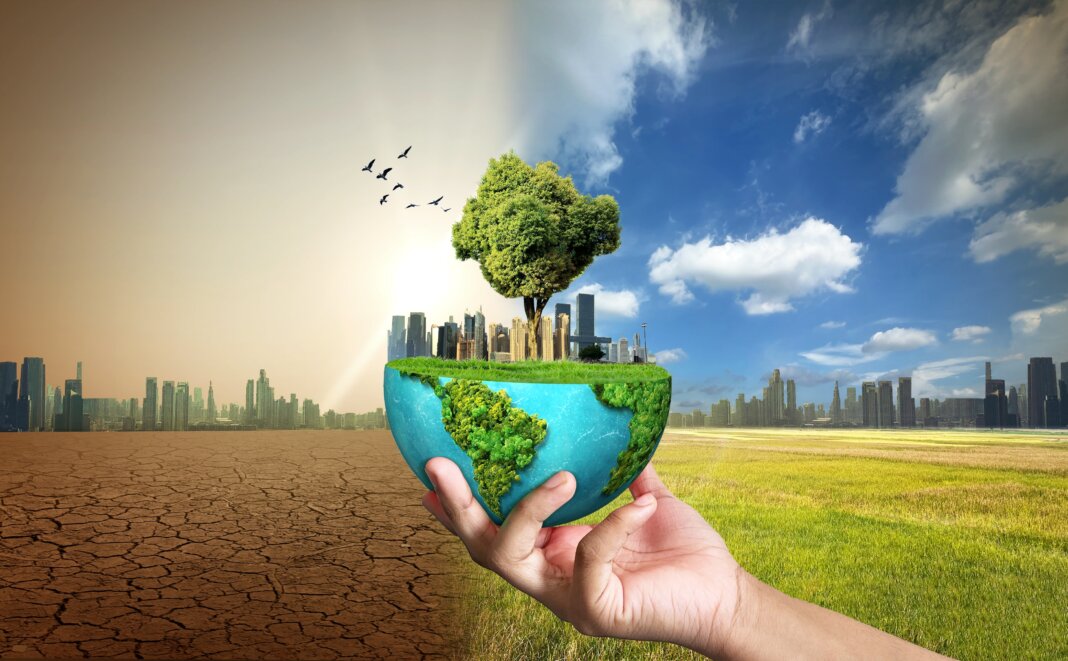Climate Change is Impacting Traditions in These 7 Countries
By Beth Rush
Global warming doesn’t stop at altering lands and oceans — it completely changes people’s lives. From the U.S. to Seychelles, humans must change centuries-long traditions to accommodate higher temperatures, drier lands, and migrating animal populations. How does climate change affect culture?
Here are seven countries changing their customs because of new weather patterns.
1. Kenya
Maasai live across Kenya, parts of Tanzania, and the Great Lakes. These Central African natives rely on water bodies to feed their cattle and families, but climate change has disrupted this practice. The last decade has seen increased depression because people are losing cows, a significant part of the culture.
The Maasai view cows as currency and require them before marriages can occur. The Indigenous tribes use them in dowries, and families need milk from the animals for ritual ceremonies and human food, but losing them has sacrificed health. Climate change has extended droughts, making water and grass harder to source.
2. Bangladesh
Bangladesh is another country that is experiencing more extreme droughts due to climate change. The South Asian nation has endured rainfall changes that impact food and nutritional security, leading to altered traditions. Natives celebrate the Sangrai festivals in early April, though the water supply is hampering these ceremonies.
Bangladesh natives rely on lakes and rivers in the Chittagong Hill Tracts, and global warming has made water sourcing more challenging. The area has experienced erratic rain patterns, meaning you could get flash floods or extended droughts. Excessive rain may lead to natural disasters, such as landslides, which cause significant damage.
3. Italy
Italy is among the primary European locations that demonstrate how climate change impacts culture. In Venice, locals and tourists tour the water with their friends and lovers, though the main event is September’s Regata Storica and pageant. Teams gather to race boats throughout the 177 Venetian canals, but climate change has significantly impacted the water levels.
The city’s buildings have weak foundations, so they’re starting to sink and succumb to annual flooding. Italian scientists say waves could put the city underwater by 2100, creating an existential crisis that transcends national boundaries.
4. Japan
New Year’s is a big deal in Japan. You may see people drinking otoso — an elixir with herbs and spices that improve blood circulation and bring good luck. However, the annual traditions are becoming vulnerable to climate change as the country warms.
Hatsumōde marks the beginning of the year for people in Japan, signifying the first time they visit a Buddhist temple or Shinto shrine. Locals typically wear warm coats and embrace the snow-covered buildings, which have significant meaning in the country. People say snowfall has mysterious powers, leading to numerous Shinto rituals in the colder months. However, climate change could hinder these celebrations.
5. Peru
Reduced snow has become a problem in South America, specifically Peru. Natives celebrate Qoyllur Rit’i in late spring and make a pilgrimage to Ausangate Mountain near Cusco. However, global warming illustrates how climate change impacts culture through the melting of glaciers. Locals can’t take as much ice from the mountain because it’s more likely to melt this time of year.
While some believe climate change is decades away, its impact is already evident. Peru natives have seen their mountains turn brown due to the melting snow and glaciers, forcing pilgrimage changes for Quechua people and ritual leaders. Typically, people would cut ice blocks down the mountain, but this tradition is rapidly disappearing because of global warming.
6. Spain
Southern European nations are famous for their olives, which grow in the mild Mediterranean climate. Warming winters may mean more time at the beach, but they have compromised crop production in countries like Spain. Its government requires European Union support for farmers because of reduced crop yields.
If you love this salty fruit, you’ve likely heard of the Olive and Olive Oil Festival in Baena, Spain. People travel to taste oils, watch cooking demonstrations, and visit local markets. Future celebrations may have smaller attendance and fewer resources due to milling delays and heatwaves during the growing season. Experts say Spain lost 787,000 metric tons of olives in 2022, so oil may become more expensive.
7. Canada
Canada is a prime example of how climate change affects culture, as its renowned maple syrup production may require assistance. Experts say the country produces about 70% of the world’s supply, so adjustments will be necessary to save jobs and conserve traditions. Global warming has compromised maple tree growth by hampering bud development.
Leaves bloom earlier in the spring, exposing them to the late season’s last frosts and causing development issues. Producers must monitor wood growth and consider relocating trees farther north. The climate consequences mean disrupted sugaring ceremonies for all Canadians, especially within Indigenous communities.
How Does Climate Change Affect Culture?
Climate change isn’t just happening in one region — it’s negatively impacting the globe. From Chad to China, people are changing their crop production and long-standing norms to accommodate the evolving conditions. Traditions are adapting to changing weather patterns, thereby enhancing community resilience.
About the author: Beth Rush is the green wellness editor at Body+Mind, where she covers topics like the power of climate consciousness at all stages of education. You can find Beth on Twitter @bodymindmag. Subscribe to Body+Mind for more posts by Beth!
